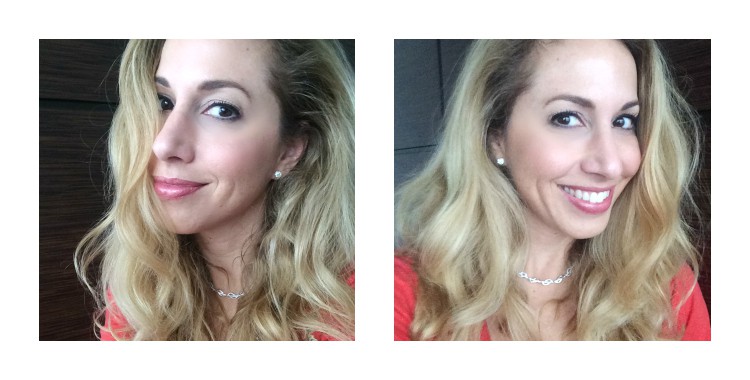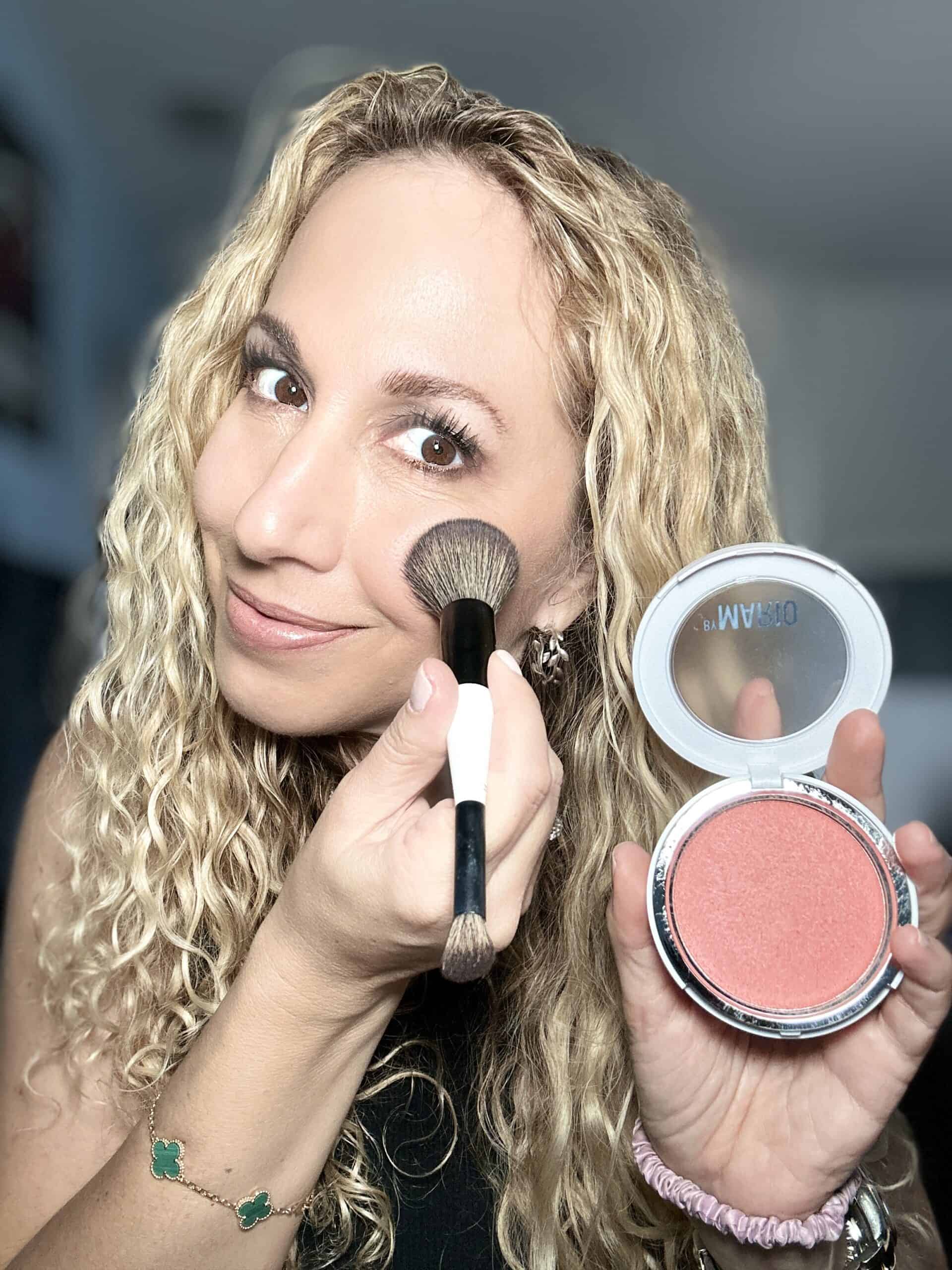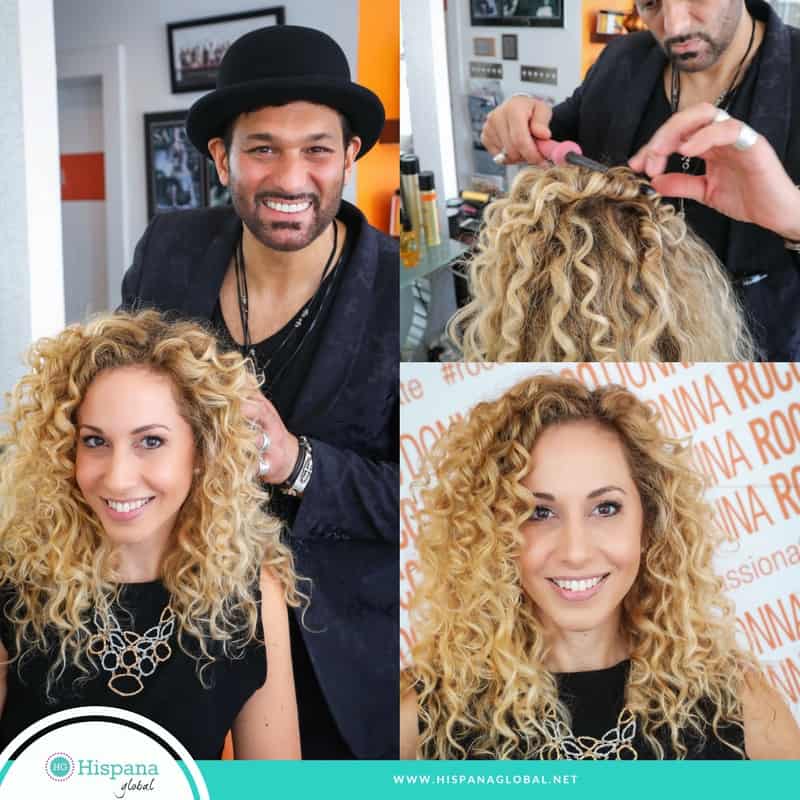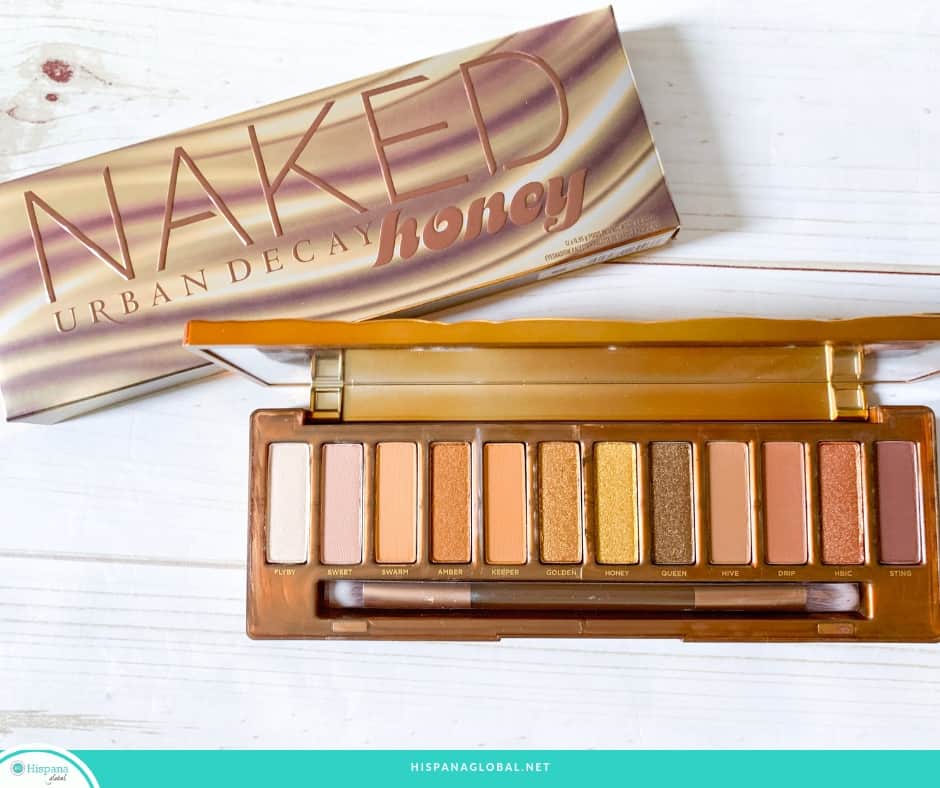Easy 4-step skincare routine for beginners
Even though we all want to look our best, it’s normal to not really know what’s the best skincare routine for our complexion. There are so many products and so much advice, that it’s easy to overthink it.
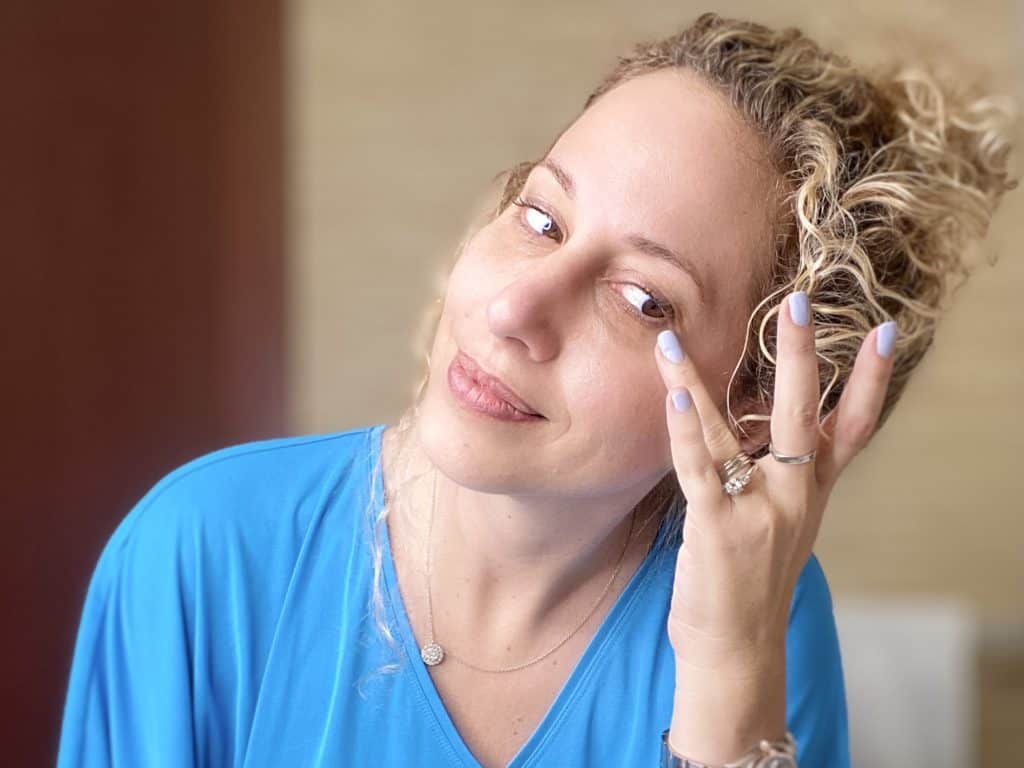
That’s why I wanted to help guide with an easy skincare routine you can start following right now.
Here are also a few of my skincare favorites. Great products are essential to any effective skincare routine but they don’t have to cost a fortune. I have many drugstore favorites that work so well on a daily basis.
How to know your skin type
It is important to know your type of skin (dry, oily, combination, sensitive?) and tailor the products you use accordingly. If you’re not sure, here’s a very quick guide:
- Dry skin: feels tight, can appear dull, seems very thirsty and absorbs creams very quickly, seldom breaks out.
- Oily skin: feels sticky at the end of the day, shines a lot, easily breaks out.
- Combination skin: cheeks can feel dry while the forehead and nose appear shiny and can have breakouts. Your “T zone” (forehead and nose) tends to be oiler and shine at the end of the day.
- Sensitive skin: can sometimes feel itchy, reacts to harsh ingredients and fragrances, may also get red easily.
Easy skincare routine that you can follow at home
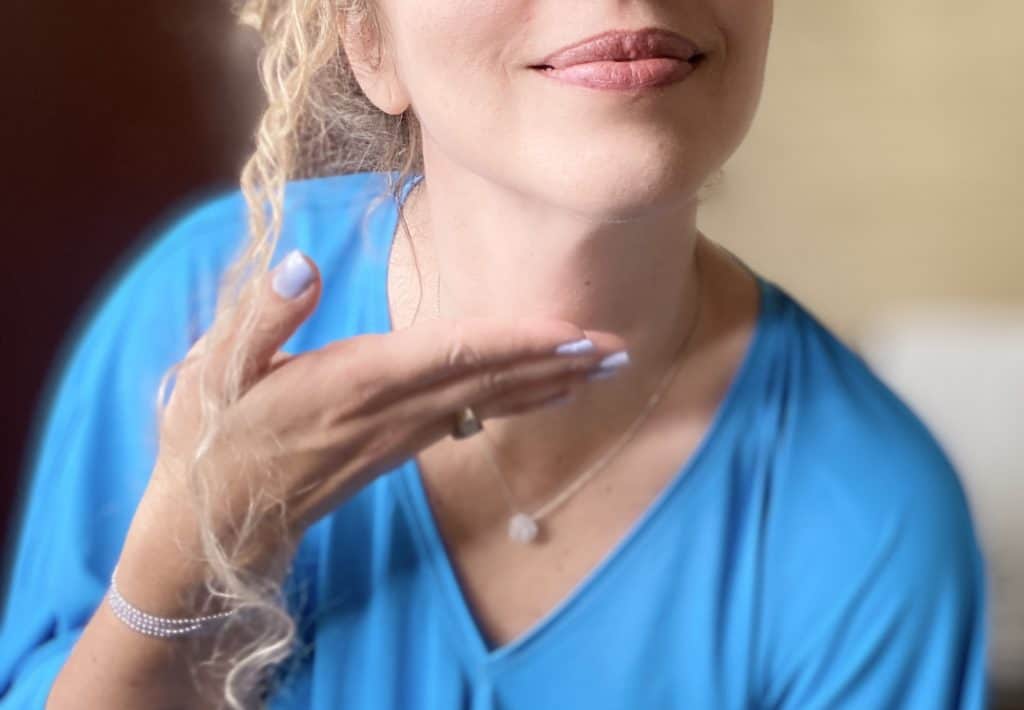
If you get confused about what steps are necessary to take care of your skin, you’re not alone. Here’s a simple and easy skincare routine to help you that only requires 4 basic steps:
- Cleanse: you can’t go wrong with a gentle cleanser. I prefer a water-based fragrance-free face wash that leaves my skin feeling clean but not dry or tight. Tip: use lukewarm water and rinse with cold water.
- Hydrate: all skin types need hydration. I have combination skin that is prone to breakouts, so I need a moisturizer that is non-comedogenic (that won’t block pores) and fragrance-free. I usually add a serum before I apply a cream so my skin gets an extra dose of nutrients and hydration. It absorbs quickly, leaves my skin soft and hydrated, plus works well under makeup. When you layer a cream over a serum, it really helps photo-damaged and mature skin look hydrated and diminishes the appearance of fine lines. Tip: apply pressing gently into your skin so it absorbs the cream even more.
- Treat: depending on your own skin’s needs, now is the time to apply your neck and eye cream. Remember that both your neck and eye areas are delicate, so use a very light touch. I use my ring finger or pinkie for my under eye area. For neck products, always use an upward motion.
- Protect: this is an additional daytime step because you need to protect your skin from the sun every single day of the year. Yes, SPF is necessary even if you spend most of your day indoors. We are also constantly exposed to blue light from our computers and phones. I prefer to use a cream that offers broad spectrum protection, like Elta MD, which is recommended for acne-prone skin like mine.

How many products do you use for your skincare routine? Even if you just use a few, be as consistent as possible because you will notice a huge improvement after a few weeks.
Why didn’t you include a toner?
Using a toner in your skincare routine is a personal choice and can depend on your skin’s needs and your overall skincare goals. Toners can offer various benefits, but they are not always necessary for everyone. Here are some points to consider:
Benefits of Using a Toner:
- Balancing pH: Some toners are formulated to help balance the skin’s pH after cleansing, especially if you’re using a cleanser that disrupts your skin’s natural pH. Balanced pH levels can support a healthy skin barrier.
- Hydration: Certain toners contain hydrating ingredients like hyaluronic acid or glycerin, which can provide an extra layer of hydration before applying serums and moisturizers.
- Preparation for Other Products: Toners can help prepare the skin to better absorb the active ingredients in serums and moisturizers that follow in your routine.
- Gentle Exfoliation: Some toners contain mild exfoliating agents (like AHAs or BHAs) that can help remove dead skin cells, promote cell turnover, and improve skin texture.
- Soothing and Calming: Toners with soothing ingredients like chamomile or aloe vera can help calm irritated or sensitive skin.
Factors to Consider:
- Skin Type: Your skin type can influence whether a toner is beneficial for you. For example, if you have oily skin, a toner with mattifying properties might help control excess oil. If you have dry or sensitive skin, a hydrating and soothing toner might be more suitable.
- Specific Concerns: If you have specific skincare concerns like acne, uneven skin tone, or aging, you might choose a toner with ingredients that target those concerns.
- Overall Routine: Consider how a toner fits into your overall skincare routine. If you already use other products that offer similar benefits, a toner might not be essential.
- Simplicity: If you prefer a simple skincare routine, you might choose to skip the toner and focus on the basics like cleansing, moisturizing, and sun protection.
How to Use a Toner:
If you decide to incorporate a toner into your routine, here’s how you might use it:
- After cleansing, pat your face dry with a clean towel.
- Apply a small amount of toner to a cotton pad or your fingertips.
- Gently pat or swipe the toner across your face and neck, avoiding the eye area.
- Allow the toner to absorb before proceeding with your serum and moisturizer.
In conclusion, while toners can offer benefits like pH balancing, hydration, and preparation for other products, they are not essential for everyone. If you’re happy with your current routine and your skin is doing well without a toner, you might not need to add one. If you’re considering adding a toner, it’s a good idea to choose one that aligns with your skin’s needs and your skincare goals. Again, you don’t need to spend a fortune. A good alcohol-free witch hazel toner works wonders for combination and oily skins.
Additional steps if you have uneven skin tone
If you have uneven skin tone, there are several steps you can consider adding to your skincare routine to help address this concern. Keep in mind that individual skin types and sensitivities vary, so it’s important to introduce new beauty products gradually and pay attention to how your skin responds. Here’s a suggested routine:
- Cleansing: Start with a gentle cleanser suitable for your skin type. Cleansing helps remove dirt, oil, and makeup, preparing your skin for subsequent products.
- Exfoliation: Consider incorporating chemical exfoliation into your routine. Ingredients like alpha hydroxy acids (AHAs) or beta hydroxy acids (BHAs) can help remove dead skin cells, promote cell turnover, and improve skin tone. Start with exfoliating 1-2 times a week and adjust based on your skin’s tolerance.
- Serum with Brightening Ingredients: Look for serums containing ingredients like Vitamin C, niacinamide, licorice root extract, or alpha arbutin. These ingredients can help brighten the skin, fade dark spots, and even out skin tone.
- Sunscreen: Sun protection is crucial to prevent further darkening of existing spots and to protect your skin from UV damage. Choose a broad-spectrum sunscreen with at least SPF 30 and apply it every morning, even on cloudy days.
- Moisturizer: A good moisturizer helps maintain the skin’s barrier function and hydration levels. Look for one that suits your skin type and doesn’t clog pores.
- Retinol (Optional): Retinol, a form of Vitamin A, can help with uneven skin tone by promoting cell turnover and collagen production. Start with a lower concentration and use it a few times a week, gradually increasing as your skin adjusts.
- Face Masks (Occasional): Consider using face masks with ingredients like clay or gentle exfoliants to further help with brightening and balancing skin tone. Use these masks 1-2 times a week.
- Professional Treatments (Optional): If your uneven skin tone is persistent and bothersome, consider professional treatments like chemical peels, microdermabrasion, or laser therapy. Consult a dermatologist to determine the best approach for your skin.
- Consistency and Patience: Addressing uneven skin tone takes time, so be consistent with your routine and patient with the results. It might take several weeks to see noticeable improvements.
- Healthy Lifestyle: Remember that skincare is just one part of the equation. A healthy lifestyle with a balanced diet, regular exercise, and adequate hydration can also contribute to better skin tone.
Before introducing any new products, especially if you have sensitive skin or existing skin conditions, it’s recommended to consult a dermatologist or skincare professional. They can help you tailor a routine specifically for your skin’s needs and guide you on the best products to use.
What other skincare concerns do you have? Let me know because I will be sharing more tips to help you. It’s never too late to start taking care of your skin!
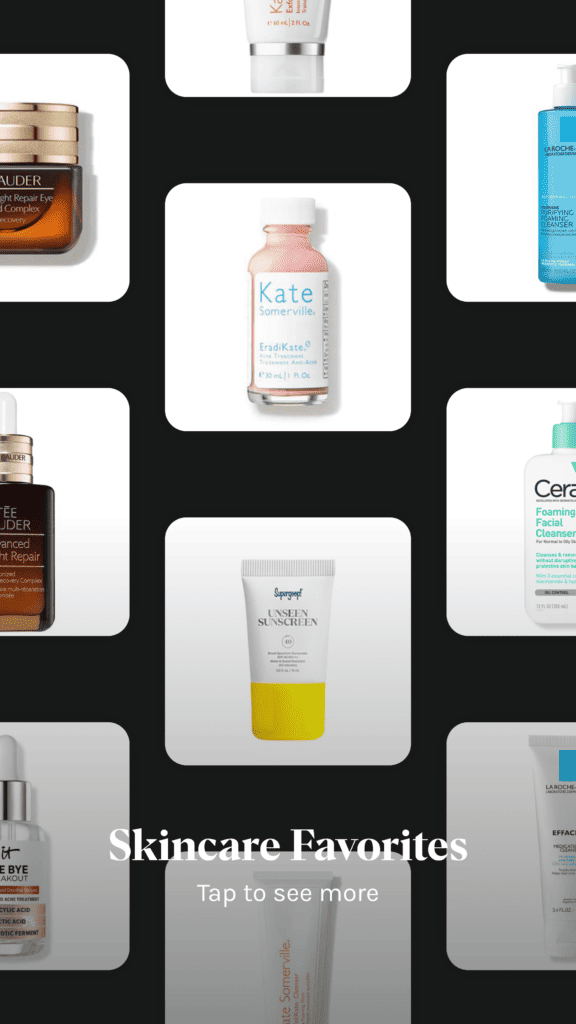
More skincare tips
- Free Skincare 101 Printable Guide
- Best Makeup, Skin and Hair Products With Hyaluronic Acid
- Best Eye Creams for Dark Circles and Puffiness


